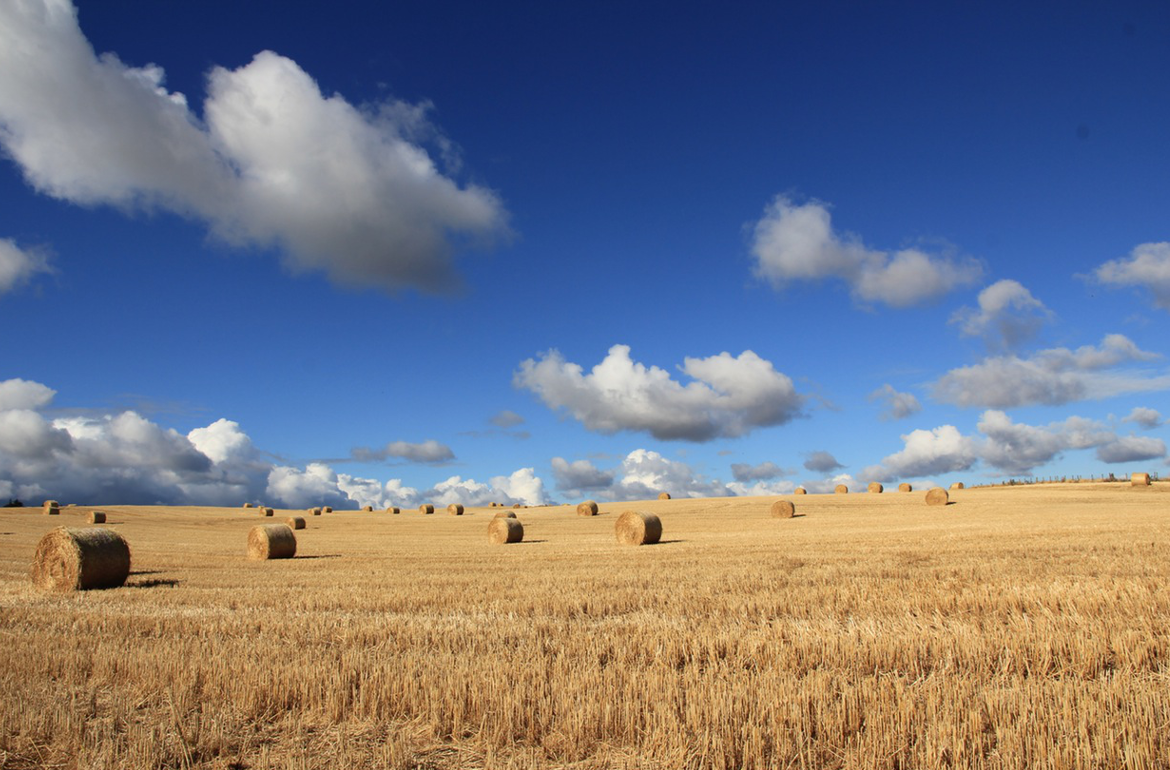Carrying Capacity of U.S. Agricultural Land: Ten Diet Scenarios
Authors: Research Article by Christian J. Peters, Jamie Picardy, Amelia F Darrouzet-Nardi, Jennifer L. Wilkins, Timothy S. Griffin, Gary W. Fick
Strategies for environmental sustainability and global food security must account for dietary change. Using a biophysical simulation model we calculated human carrying capacity under ten diet scenarios. The scenarios included two reference diets based on actual consumption and eight “Healthy Diet” scenarios that complied with nutritional recommendations but varied in the level of meat content. We considered the U.S. agricultural land base and accounted for losses, processing conversions, livestock feed needs, suitability of land for crops or grazing, and land productivity. Annual per capita land requirements ranged from 0.13 to 1.08 ha person-1 year-1 across the ten diet scenarios. Carrying capacity varied from 402 to 807 million persons; 1.3 to 2.6 times the 2010 U.S. population. Carrying capacity was generally higher for scenarios with less meat and highest for the lacto-vegetarian diet. However, the carrying capacity of the vegan diet was lower than two of the healthy omnivore diet scenarios. Sensitivity analysis showed that carrying capacity estimates were highly influenced by starting assumptions about the proportion of cropland available for cultivated cropping. Population level dietary change can contribute substantially to meeting future food needs, though ongoing agricultural research and sustainable management practices are still needed to assure sufficient production levels.
1. Introduction
1.1 Relationships between diet and sustainability
One of the most perplexing questions in sustainability science is, “What should we eat?” Within the food and agriculture literature, a strong case has been presented that dietary change is essential for meeting future human food needs (McMichael et al., 2007; Pelletier and Tyedmers, 2010; Godfray et al., 2010; Foley et al., 2011; Smith et al., 2013). By “dietary change,” these authors refer to eating patterns that stabilize, or decrease, livestock production, keep food system environmental impacts within ecosystem limits, and more equitably distribute food to meet global nutritional goals.
This line of thinking is not new. The equation I=PAT, conceived in the 1970s, proposes that environmental impact is a function of population, affluence, and technology (Parris and Kates, 2003). Calls for considering the environmental impacts of food consumption through changes in diet were made decades ago both in popular (Lappé, 1971) and academic literature (Gussow and Clancy, 1986). However, for most of the 20th Century the predominant agricultural science paradigm focused on increasing yield and production efficiency, expanding in the 1980s and 1990s to include ecological impacts of farming but not focusing on food systems (Welch and Graham, 1999). Likewise, nutritional sciences and dietary advice over most of the past century have been guided almost exclusively by evidence on the relationships among nutrients, foods, diets and human health (King, 2007). If strategies for sustainability must address both food consumption and production, then analyses that link agriculture and nutrition are needed.
1.2 Land as a fundamental resource
The food system exerts a broad range of ecological impacts. Biodiversity loss, climate-forcing emissions, nutrient cycle disruption, and competition for land, water, and energy are all cited as reasons to contain agriculture’s environmental impact (Godfray et al., 2010; Foley et al., 2011). Among these impacts, land use is central. Sparing land from conversion to agriculture may be important for protecting biodiversity (Balmford et al., 2005; Lambin and Meyfroidt, 2011). In addition, as highlighted in debates about the merits of biofuels, conversion of native grassland or forest to agriculture causes carbon emissions (Fargione et al., 2008; Searchinger et al., 2008). Both issues provide persuasive arguments against expanding land under cultivation. Yet agricultural yields are not on track to meet projected global increases in food demand (Ray et al., 2013). Potential (and probable) increased demand for bioenergy or carbon sequestration further confounds the land conversion question (Smith et al., 2013). Given all the challenges, understanding the impact of dietary patterns on land use is critically important.

